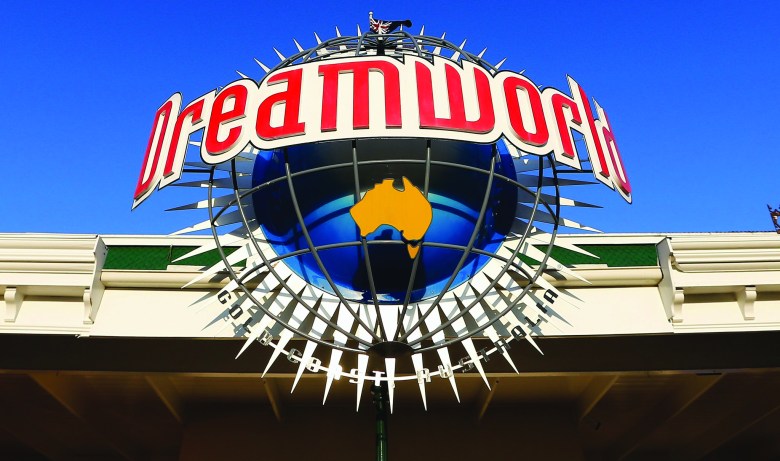
Printers should draw lessons from the way Ardent Leisure handled the horrific accident that caused the death of four people when a raft flipped on a ride at its Dreamworld theme park last month.
Basically, Ardent made every mistake in crisis management. The company pushed ahead with an annual general meeting which included a resolution to approve an $860,000 bonus for the company’s chief executive Deborah Thomas. Not a good look after a tragedy. Worse still, Ardent defended the bonus. The second big mistake was deciding to re-open Dreamworld for a memorial day soon after the disaster. The company was subsequently advised by police that it was a crime scene and was closed indefinitely.
Why is this important for printers? Because every company will go through a crisis at some point and they need to be prepared. And every crisis, when it happens, is unexpected.
The standard for crisis management was set by Johnson & Johnson. It is regarded as the textbook case in crisis management.
The crisis happened in 1982 when seven people were reported killed after ingesting the company’s cyanide-laced Tylenol capsules in Chicago.
Johnson & Johnson didn’t waste any time. It recalled all of its products. Over the following week, every Tylenol product was removed from every store around the world and destroyed. It also offered replacement products in the safer tablet form free of charge. All up, 31 million capsules valued at $100 million were destroyed.
The company decided the product would not go back on the shelves until it had found something to provide better product protection.
It also developed tamperproof packaging, making it much more difficult for a similar incident to occur again.
There was a much smaller recall in 1986, and a second relaunch, costing the company millions of dollars.
Johnson & Johnson has since recovered and gone on to become a pharmaceutical powerhouse. Its share price has gone through the roof.
So what lessons can printers learn from Ardent and Johnson & Johnson?
First, Johnson & Johnson, unlike Ardent, acted quickly.
They were completely open about what had happened, and they immediately sought to remove any source of danger. The company did not wait to see whether the contamination might be more widespread.
And after acting quickly, quickly, Johnson & Johnson made sure there would be no recurrence of the problem.
Also, the company was prepared to bear any short term cost to ensure consumer safety. And that is important because it established the basis for trust between Johnson & Johnson and the market, ensuring its growth in the years to come.
The big lesson for printers is they need to have a protocol and plan before they enter a crisis.
You can actually get organised and think a lot of these things through ahead of anything happening and you can actually brief people within the company and designate the roles and communicate with the internal stakeholders who would need to know who the spokesperson and what the steps are.
Managers in these situations can’t communicate enough, both to external stakeholders and to staff.
A well organised and executed plan is about keeping people informed and you have to mirror the communications with the external audience to the internal audience and treat them as equally important.
Printers need to remember the seven basics of crisis management;
1. Accept responsibility
2. Define the issues
3. Communicate communicate communicate
4. Stick to the facts
5. Don’t lie or try to pretend it’s not happening
6. Fight back when vilified or subjected to lies.
7. Support staff
Comment below to have your say on this story.
If you have a news story or tip-off, get in touch at editorial@sprinter.com.au.
Sign up to the Sprinter newsletter



